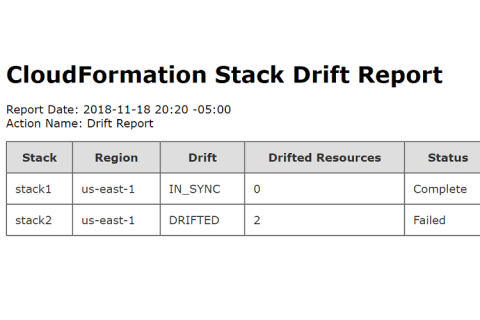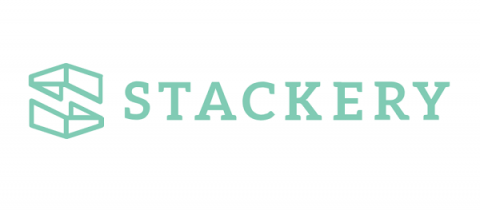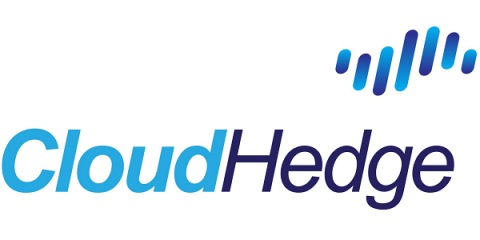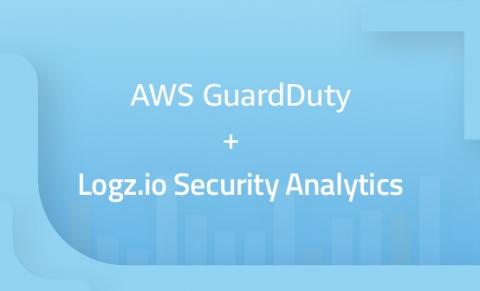Introducing Datadog for serverless
To make serverless architectures more observable, we’re excited to introduce the new Cloud Functions view in Datadog. You can now search, filter, and explore all your AWS Lambda functions in one central view, and dive straight into detailed performance data that is scoped to a single function. The Cloud Functions view brings together Lambda metrics and logs with distributed request traces from your functions, which are now available in Datadog thanks to our new integration with AWS X-Ray.









